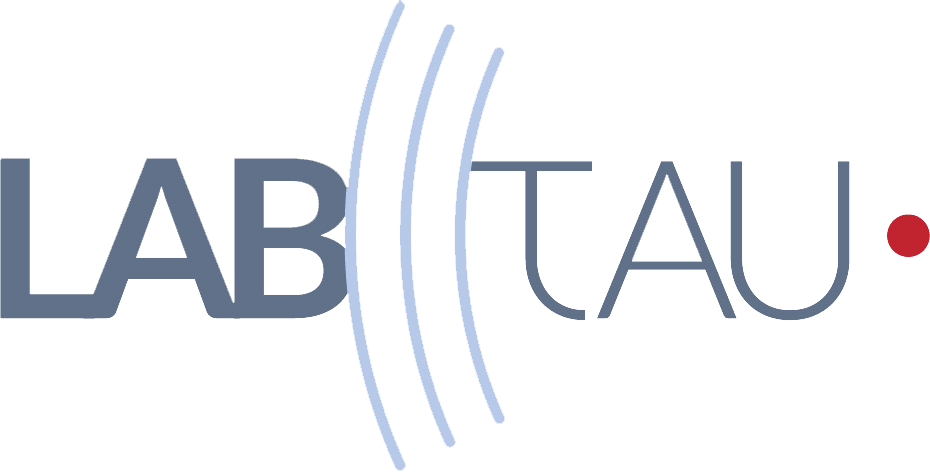Séminaire LabTAU: Zhishen Sun, Ph.D.
Author: Zhishen Sun
Background: Elastography uses shear waves to measure or map the shear modulus for the soft biological tissues [1]. The electromagnetic actuators in magnetic resonance elastography were inexpensive and comparatively simple, and they could work over a wide range of frequency and produce large displacements on the order of 400 μm [2]. However, the electromagnetic actuators currently reported could only work in the MRE but not in ultrasound elastography or optical coherence elastography (OCE) because a strong static magnetic field was needed to create the Lorentz force. On the other hand, induction of shear wave using transcranial magnetic stimulation succeeded in generation of shear wave in soft biological tissues contactlessly [3]. But the shear wave produced by this method was too weak for clinical application - on the order of 0.5 μm. Moreover, this method required additional permanent magnets to create a static magnetic field. This article describes an electromagnetic actuator for the generation of shear waves in the soft media.
Aims: This work aims to confirm the feasibility of generation of shear waves in soft media using an electromagnetic actuator.
Methods: The physics of the force acting on the actuator is explained using classical electromagnetism. The characteristics of the force acting on the actuator are studied by the displacement measurement using an interferometric laser probe (Interferometric probe SH-140, THALES LASER S.A., Orsay, France). The shear wave displacement field generated by the actuator in the PVA phantom is imaged by an ultrasound scanner (Verasonics Vantage 256TM, Washington, USA). The shear wave displacement field was also simulated using the Green function.
Results: The interferometric laser measurement confirms the characteristics of the force acting on the actuator. The actuator generates a shear wave field source of amplitude of 20 μm in the sample of polyvinyl alcohol (PVA) phantom. The shear wave fields created in the PVA phantom by experiments agrees well with that by simulation.
Conclusions: The electromagnetic actuator proves to generate strong shear wave displacement fields.
Time:11:00
Place:Salle de conférence, INSERM 151 Cours Albert Thomas, LYON





